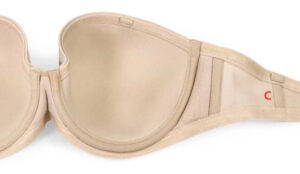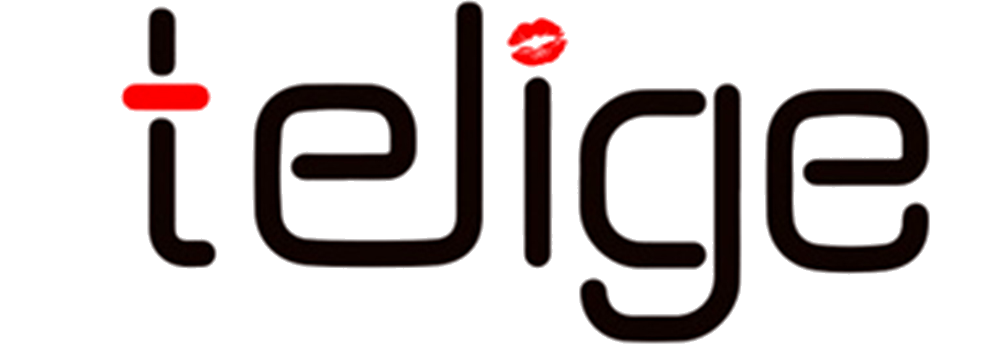This article will disassemble each part of the bra like an anatomist, revealing their names, functions and design logic. Whether you are a curious consumer or about to start your bra business, this “anatomy class” will make you re-understand this intimate garment.
A bra consists of the following parts:
A:Upper and lower cups:
The main part of a bra is made up of an upper cup and a lower cup, which together cover and support the breasts. The upper cup is usually designed to fit the upper part of the breast more closely to prevent shaking and shape the natural curvature. The lower cup is responsible for wrapping the lower part of the breast and the flanks. The material, thickness and elasticity of the cup will affect the wearing comfort and shaping effect, and provide the main support. Different cup shapes (such as full cup, 3/4 cup, 1/2 cup) are designed to meet different breast shapes and wearing needs.
B:Band
It provides the main support. The width, elasticity and material of the band will affect the comfort and support effect of wearing. A wider band usually provides stronger support and is suitable for women with larger breasts or who need more support. The elasticity of the band determines the fit of the bra and the freedom of wearing.
C:Bone
Bones are usually located at the side of the cup or where the back strap joins. They prevent the bra from curling up and improve the side collection effect. They can be hard plastic or metal strips that ensure that the bra maintains a stable shape during wear and reduce breast shaking.

D:Center Gore
The gore is located in the center of the front of the bra and holds the left and right cups apart, preventing them from being too wide or too narrow. Its design and placement are critical to ensuring a bra fits and is comfortable. The width and height of the gore will affect the compression and support you get when wearing it. A properly designed gore ensures that the bra provides the right amount of support in the center of the chest while avoiding unnecessary compression of the breasts. A high gore enhances inward push, while a low gore fits your natural breast shape.
E:Hook-and-Eye
The Hook-and-Eye is the part of the back of the bra that is used to adjust the tightness and fix the bra. It usually consists of a row of small hooks and corresponding eyelets, allowing the wearer to adjust the tightness of the bra according to their needs. The Hook-and-Eye design makes the bra easier to put on and take off and adjust (some bras have a front-opening design), and also provides additional support.
F:Frame
A frame is a reinforcement around the edge of a bra that provides structural stability and durability. It can be elastic, rigid, or have other special features. The frame is designed to keep the bra flat and smooth while you wear it, and to prevent the edges from curling or losing shape. Not all bras have a frame, but those that do tend to have more support.
G:Strap
The straps are the part that connects the bra cups to the back band, and they usually go over the wearer’s shoulders to provide extra support. The width, elasticity, and position of the straps can all be adjusted to suit your needs. Wider straps generally provide more support, while adjustable straps allow the wearer to tailor them to their shoulder width and comfort level. (Some styles have non-adjustable straps, which are common in teen bras.)
H:Underwire
An underwire is a hard metal ring that sits at the bottom of a bra cup and is used to provide extra support and shaping. The underwire is designed to ensure that the breasts are properly supported while maintaining the shape of the bra. Underwire bras are often a better choice for women with larger breasts or those who need more support. However, for some women, underwires may be uncomfortable or compress the breasts, so choosing a bra without an underwire is also a good option.
I:Cradle
The cradle is the hub connecting the cup and the shoulder strap. It is often overlooked but indispensable. It disperses the pulling force of the shoulder strap on the cup to prevent deformation; it strengthens the structure and extends the life of the bra.
Conclusion:
Through a deep understanding of the anatomical structure of bras, it is not difficult to find that every detail carries the designer’s care and the wearer’s needs. From the shape and material of the cup to the width and elasticity of the back strap, from the position of the support strip to the design of the heart, each part together constitutes the integrity and functionality of the bra.



